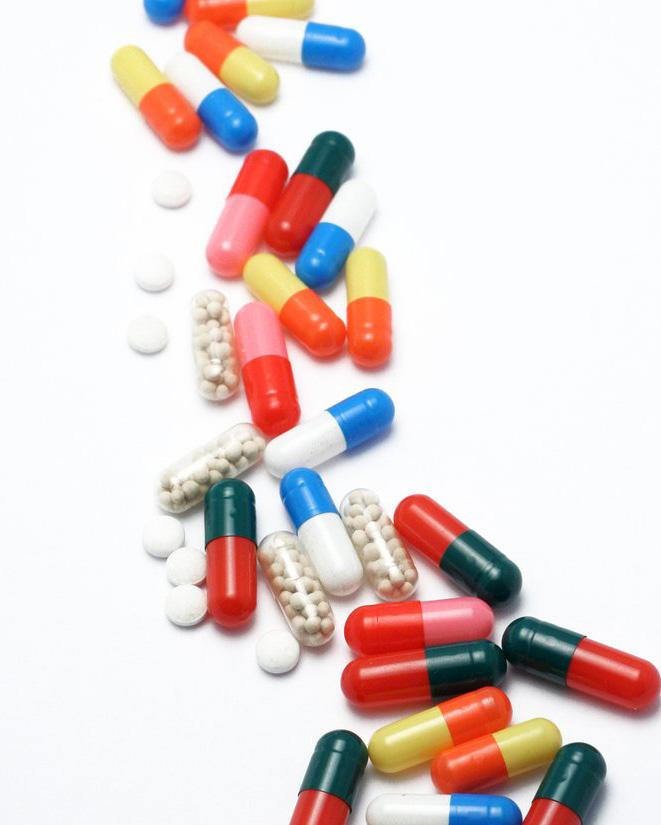Anticoagulants and Pain Relief Sotiris Antoniou
Consultant Pharmacist, St Bartholemew’s Hospital London
Introduction
This article is going to discuss pain management whilst on anticoagulation medication. People experience pain for a number of reasons and the majority of the time it is short lived and can be managed without having to see a doctor. There are many different medications available without a prescription at your local pharmacy including paracetamol, weak opiates such as codeine and NSAIDs
Paracetamol:
Paracetamol is a simple analgesic that should always be first choice for pain relief. The exact mode of action is unclear, but it has been widely used for over 50 years. The usual dose is 500mg – 1g (one to two tablets) up to four times a day if necessary. The maximum amount of paracetamol you should take in 24 hours is 8 tablets (4g).
Codeine:
If paracetamol is ineffective, codeine can also be used for pain relief. Codeine is a weak opioid and works by binding to receptors in your brain responsible for transmitting signals to let your body know you are in pain. The usual dose for
29
codeine is 30-60mg (one to two tablets) up to four times a day if necessary. The maximum amount of codeine you should take in 24 hours is 8 tablets (240mg).
Combination Products:
There are also combination products available with paracetamol and codeine/ dihydrocodeine (another weak opioid). You may recognise these products as ‘co-codamol’ and ‘co-dydramol’. These products can be used if paracetamol or codeine alone is not sufficient in managing your pain. It is very important that no other paracetamol containing products are taken whilst taking this medication in case of accidental overdose.
NSAIDs:
Non-steroidal anti-inflammatory drugs or ‘NSAIDs’ are another class of pain relief medication with anti-inflammatory properties. They work by inhibiting an enzyme called cyco-oxygensase or ‘COX’ which is responsible for the production of prostaglandins. Prostaglandins are chemicals with a variety of different functions in the body including promoting













